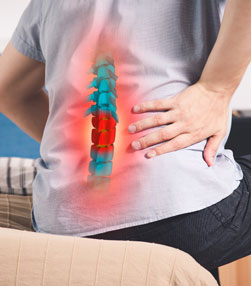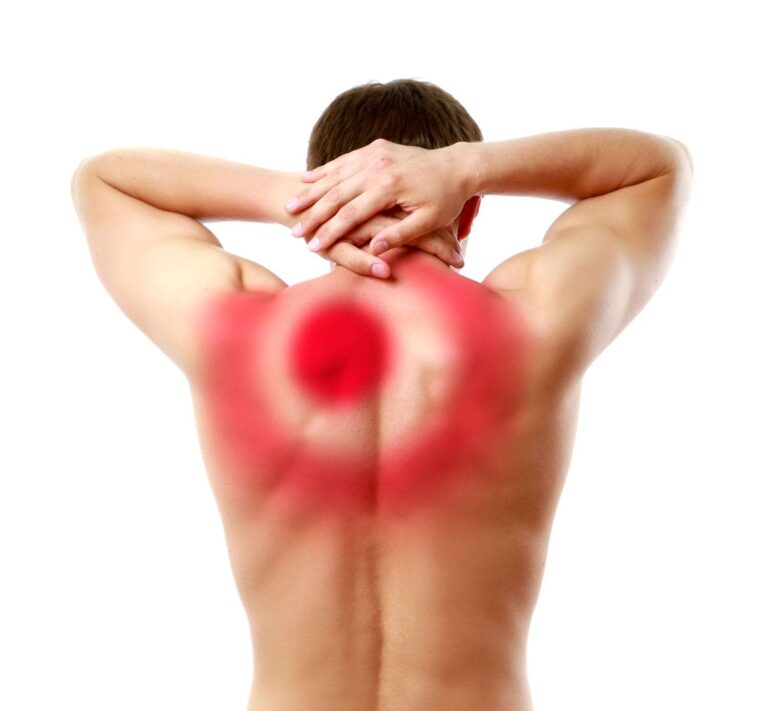Minimizing Downtime After Hip Arthroscopy Surgery

Hip arthroscopy is a minimally invasive procedure used to address a variety of hip conditions. While the recovery process is often smoother than that of traditional open surgeries, proper planning and care can help minimize downtime and may achieve the best possible outcomes. Here are a few things you can do to help have a smooth recovery process:
Preparing for a Smooth Recovery
Your healthcare team should provide personalized guidelines, but here are a few suggestions to help support a smooth transition to post hip arthroscopy care:
- Plan Your Space: Adjust your home to be recovery-friendly by creating a clear, accessible area free of tripping hazards. Add supportive seating options and keep frequently used items within easy reach.
- Obtain Assistive Devices: Consider tools like crutches, a walker, or raised seating to reduce strain on your hip joint.
- Follow Pre-Op Instructions: Adhere to your healthcare provider’s instructions regarding fasting, medications, and lifestyle adjustments. These steps help avoid complications and set a strong foundation for recovery.
Being proactive about your environment and needs can make the initial postoperative period more manageable.
Managing Pain and Discomfort Safely
Pain and discomfort are natural parts of the healing process, but they can be managed to help minimize downtime and recovery time. Prescribed pain medication, when used as directed, can support therapeutic exercises while avoiding overuse or combining medications without guidance. Ice packs wrapped in cloth may help reduce swelling and numb soreness. Light movement, under a provider’s supervision, can promote circulation and reduce stiffness. A pain management plan that follows a physician’s recommendations contributes to a safer and more comfortable recovery.
Setting Realistic Recovery Goals
Patience and consistency help you regain strength and mobility. Following a gradual approach under your physical therapist’s guidance allows muscles and joints to rebuild without overexertion. Short-term goals, such as walking a short distance with support or bending the joint within prescribed limits, provide measurable progress and help maintain motivation throughout the recovery process.
Long-term recovery varies for each individual, with most patients focusing on improving range of motion and stamina over several weeks or months. Progress may be gradual, but consistent effort supports steady improvement and reduces the likelihood of setbacks. Balancing small achievements with the overall healing plan helps patients stay engaged and maintain confidence in their recovery.
Monitoring for Complications and When to Seek Help
Patience and steady effort help you rebuild strength and mobility. Taking a gradual approach under your physical therapist’s guidance allows muscles and joints to recover without overexertion. Short-term goals, such as walking a short distance with support or bending the joint within prescribed limits, provide measurable progress and support ongoing motivation.
Long-term recovery differs for each individual, with most patients focusing on improving range of motion and stamina over several weeks or months. Progress may be gradual, but consistent effort encourages steady improvement and lowers the risk of setbacks. Combining small achievements with the overall recovery plan helps patients stay engaged and maintain confidence throughout the process.
Maintaining Progress After Hip Arthroscopy
Hip arthroscopy can help restore mobility and reduce discomfort; however, recovery involves active participation and patience. Thoughtful preparation, effective management of your recovery environment, and adherence to professional guidance can help minimize downtime. If you are considering or scheduled for hip arthroscopy, discussing your recovery plan with a board-certified orthopedic surgeon can provide advice and support for a smoother process.
- What to Expect When Visiting a Foot and Ankle Specialist
- Causes of PTSD
- The Link Between Plantar Fasciitis and Weight Gain: What You Need to Know
- How Pet Ownership Can Positively Impact Life with Fibromyalgia
- The Importance of Stretching and Flexibility in Sports Medicine
Dr. Emma Green is a health and wellness expert with over 10 years of experience in nutrition and fitness. Passionate about helping others live their healthiest lives, Dr. Green shares practical advice on wellness, nutrition, and sustainable living through LivingSpristine.






